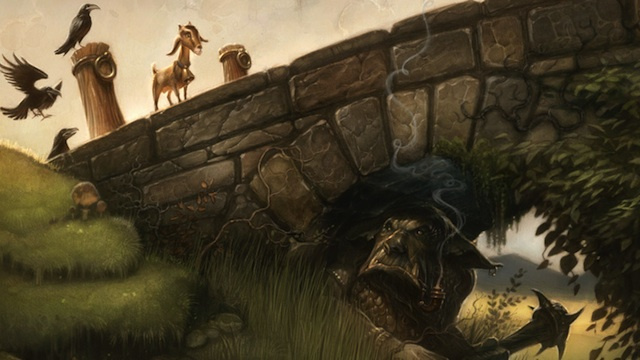I know this is probably off topic but how do electric sharpers work as far indexing (advancing) the cutters to next one? Is automatic or manually done?
Short answer: most are manually advanced.
There are a few different types of electric sharpeners commonly used: rotary (e.g. Dremel, Granberg, or the Oregon and STIHL versions); small / 'mini' grinders (4" or smaller wheel); and full sized grinders (5' to 8" wheels).
Most of the rotary grinders are hand held, and hand positioned, except for the Granberg Model G1012XT, which means that the operator controls the angles, depth of grind, etc. IMO, these are mostly for touch-up work, although, I know that some guys grind back some heavy stuff with them. That ties into the discussion about different stones, above.
http://granberg.com/product/g1012xt-precision-grinder
Most of the mini-grinders are also for light duty sharpening, or for smaller chains. My comments on these are extensively documented in this thread:
http://www.arboristsite.com/community/threads/hf-chain-grinder-thread.268303/ Post #117 shows one 'self-indexing' version of a mini grinder, but I did not try it personally. Again, the quality of the wheels matter.
Most full sized grinders also require manual advancement of the chain, although, a few have automatic clamping of the cutters as the grinder head is lowered. Once set, all the the angles and depths are consistent, but the operator controls the speed of the grind. I recommend the full sized grinders for people who do a lot of chains, who repair damaged chains, or who are picky about angles, etc., due to their power, speed, adjustability, and durability.
Fully automatic grinders get into the $$$ area, up to $20K !!!. There are always rumors about lower priced units being introduced.
http://www.arboristsite.com/community/threads/automatic-chain-grinder-thread.287786/
I also have found the not all files are good files.
Same thing with grinding wheels and stones. Aside from quality, files come in coarser and finer cuts. Grinding wheels come in different abrasive mineral, different levels of hardness, different densities, etc. Most people just buy what is convenient to find, and consider it good enough, unless they are really fussy.
Philbert






 On all male-oriented forums you'll get a bunch of big swinging dicks (BSDs), you just have to become immune to them.
On all male-oriented forums you'll get a bunch of big swinging dicks (BSDs), you just have to become immune to them. 